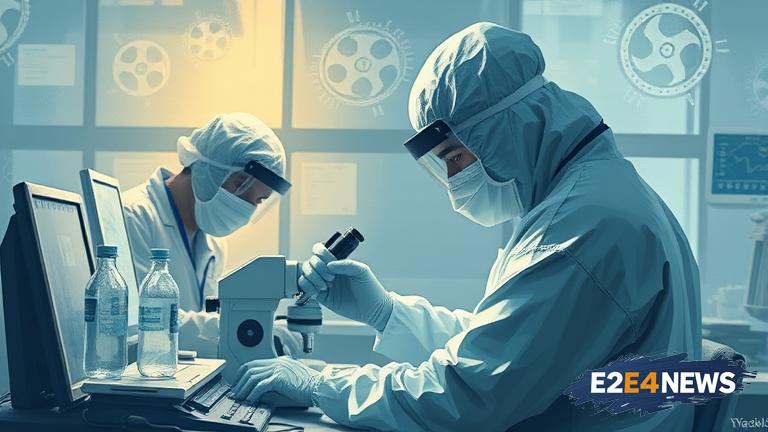The advent of new technology in forensic crime labs has been a double-edged sword. While it has enabled law enforcement agencies to solve crimes more efficiently and effectively, it has also led to an unprecedented increase in demand for forensic services. As a result, many forensic crime labs are buckling under the pressure, struggling to keep up with the sheer volume of evidence that needs to be processed. This has resulted in a significant backlog, with some labs taking months or even years to complete analysis. The consequences of this backlog are far-reaching, with many cases being delayed or even dismissed due to lack of evidence. The increase in demand for forensic services can be attributed to the growing use of technology in criminal investigations. Advances in DNA analysis, digital forensics, and other technologies have made it possible for law enforcement agencies to collect and analyze vast amounts of evidence. However, this has also created a new set of challenges for forensic crime labs, which are struggling to keep up with the demand. Many labs are understaffed and underfunded, making it difficult for them to hire and train the necessary personnel to handle the increased workload. Furthermore, the complexity of the evidence being analyzed has also increased, requiring specialized expertise and equipment. The backlog in forensic crime labs is not only affecting the justice system but also having a significant impact on victims and their families. Many are being forced to wait for years for justice, with some cases even being closed due to lack of evidence. The situation is further complicated by the fact that many forensic crime labs are not equipped to handle the new technologies being used in criminal investigations. This has resulted in a lack of standardization and consistency in the analysis of evidence, which can lead to errors and misinterpretations. To address the backlog and increase in demand, many forensic crime labs are turning to new technologies such as automation and artificial intelligence. These technologies have the potential to significantly increase the efficiency and accuracy of evidence analysis, allowing labs to process more evidence in less time. However, the implementation of these technologies is not without its challenges, and many labs are struggling to integrate them into their existing workflows. Despite the challenges, many experts believe that the use of new technologies in forensic crime labs is the key to addressing the backlog and increasing the efficiency of the justice system. By leveraging technologies such as automation and artificial intelligence, labs can process evidence more quickly and accurately, allowing law enforcement agencies to solve crimes more efficiently. Additionally, the use of new technologies can also help to reduce the risk of human error, which is a major concern in forensic analysis. As the demand for forensic services continues to increase, it is likely that the use of new technologies will become even more prevalent in forensic crime labs. This will require significant investment in infrastructure, personnel, and training, but the potential benefits to the justice system are substantial. In conclusion, the rise of new technology in forensic crime labs has led to an increase in demand, causing a significant backlog in processing evidence. While this has created a number of challenges for forensic crime labs, it also presents an opportunity for innovation and improvement. By leveraging new technologies and investing in infrastructure and personnel, labs can increase their efficiency and accuracy, allowing law enforcement agencies to solve crimes more efficiently and effectively.
